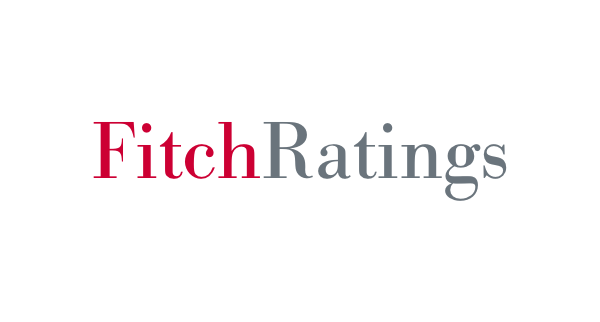February 20, 2024 (MLN): Prior-year surpluses and prudent actions will enable most states to manage lower revenue growth or revenue declines in 2024 without affecting overall fiscal resilience and credit ratings, Fitch Ratings says.
States that have made large tax cuts or are planning additional cuts are particularly vulnerable to further revenue weakening in the coming year.
Fiscal 2023 was the third straight year state revenues exceeded forecasts. The surpluses helped expand state rainy-day fund balances by $90 billion between 2020 and 2023, growing from a median 8.4% of spending to 12.3%, according to National Association of State Budget Officers (NASBO).
States like New Jersey and Illinois have used surplus revenues to pay down long-term liabilities and fund capital expenditures with cash rather than borrowing, further bolstering resilience against future revenue weakness.
State tax revenue trended weakly through the second half of calendar 2023 (first half of fiscal 2024 for most states), continuing a sharp reversal in revenue trends that began in fiscal 2023.
A Fitch review of 41 states’ monthly revenue reports found YOY declines in 21 states and overall median growth slightly below zero, driven by lower personal savings, cooling inflation, and tax cuts.
Monthly revenue reports vary greatly by state, with different presentations of tax revenue. This data is timely and indicative, but not necessarily definitive.
Slower revenue growth or revenue declines are not immediately triggering budget challenges in all states.
The extent of fiscal pressure depends on how revenues perform relative to budget expectations. Despite a deep revenue decline, West Virginia is not planning major budget changes as the fiscal 2024 budget anticipated lower revenues.
Conversely, Arizona's revenues are falling short of budget and the governor has proposed mid-year balancing actions.
In many states, revenue growth would have been more robust if not for large tax cuts adopted in the last few years. NASBO estimates that states enacted $13 billion in cuts to fiscal 2024 general fund revenue, about 1.1% of forecasted revenues.
These reductions are on top of $19.3bn in tax revenue cuts to fiscal 2023 revenues. NASBO estimates 40% of the cuts to fiscal 2024 revenues were one-time reductions, meaning $7.9 billion were permanent cuts.
The majority of tax cuts were personal income tax (PIT) reductions. Rate cuts varied widely from modest reductions for the lowest tax brackets in Wisconsin to a 21.25% across-the-board rate cut in West Virginia.
Several states adopted reductions that phase in over multiple years, including some that could significantly lower PIT revenue further if statutory triggers are met, such as in Kentucky and West Virginia.
While some governors, including those in Georgia, Iowa, Mississippi and Oklahoma, have called for additional income tax cuts, Fitch expects to see less wide-ranging tax reductions across states in the current budget cycle, given forecasts for slower revenue and economic growth.
In fiscal 2023, revenues in states with greater reliance on sales taxes generally fared better than those more dependent on PIT revenue. However, sales taxes are no longer recording the massive growth that marked the post-pandemic recovery.
A general slowdown in sales tax revenue growth that began in 2022 continued through 2023 and turned negative in some states with the slower pace of consumer spending and cooling inflation.
Rate cuts and new exemptions also depressed sales tax growth in states such as South Dakota, Tennessee and Florida.
Median state sales tax YOY growth was just 0.5% in November 2023, and Fitch expects sales tax revenue growth to contract further in 2024 given our projections for lower consumer spending growth of 1.2% in 2024 from 2.2% in 2023.
Copyright Mettis Link News
Posted on: 2024-02-20T11:12:47+05:00







